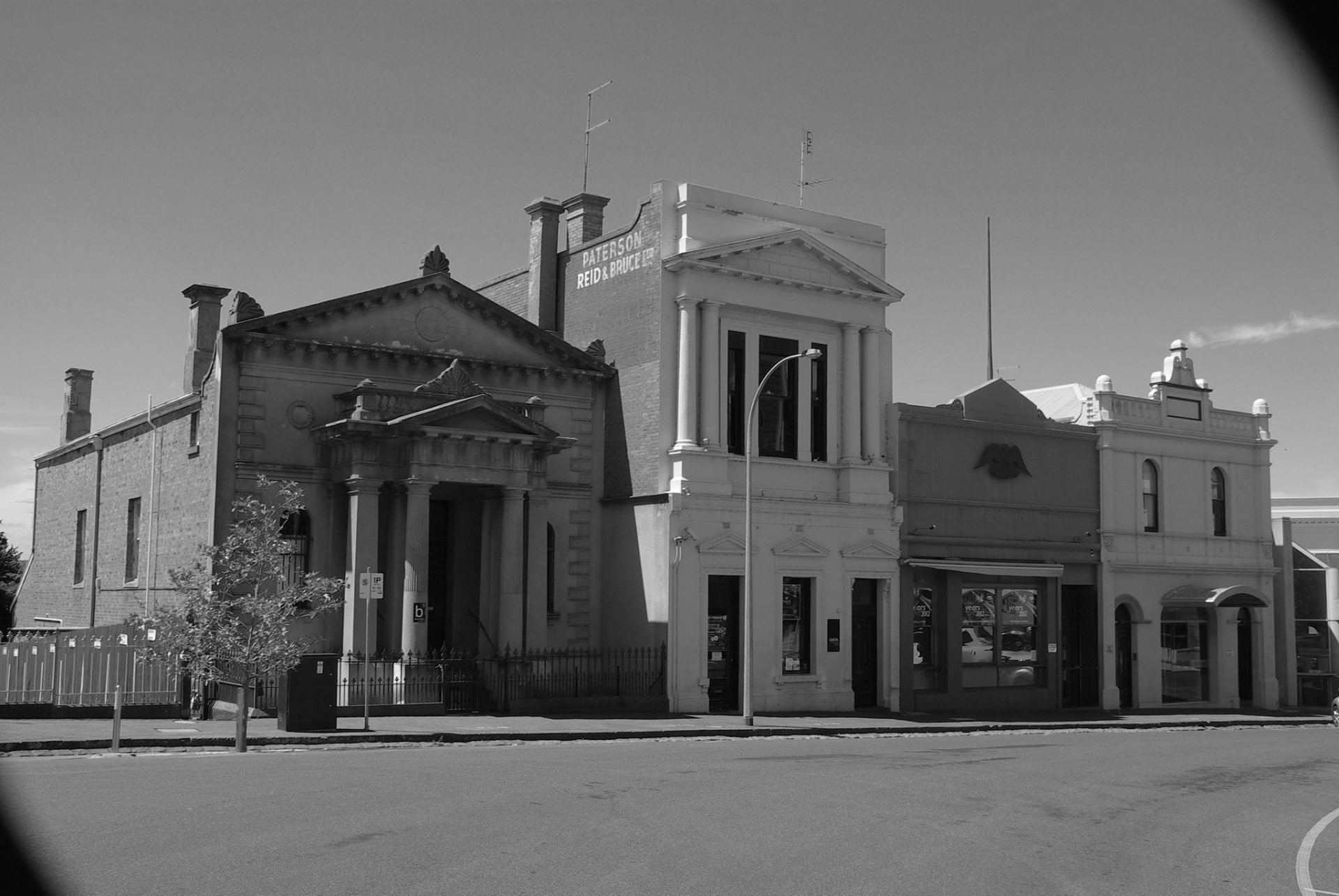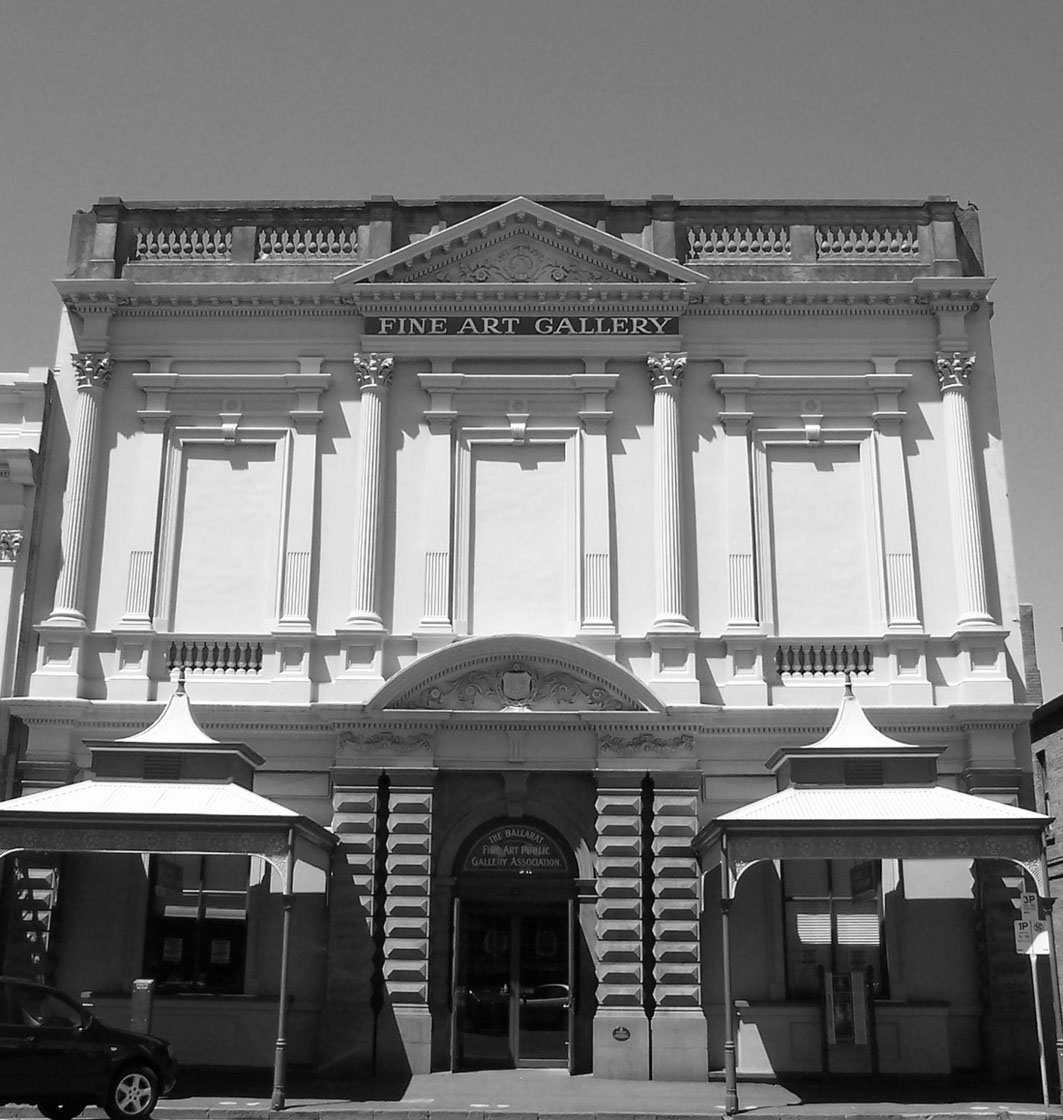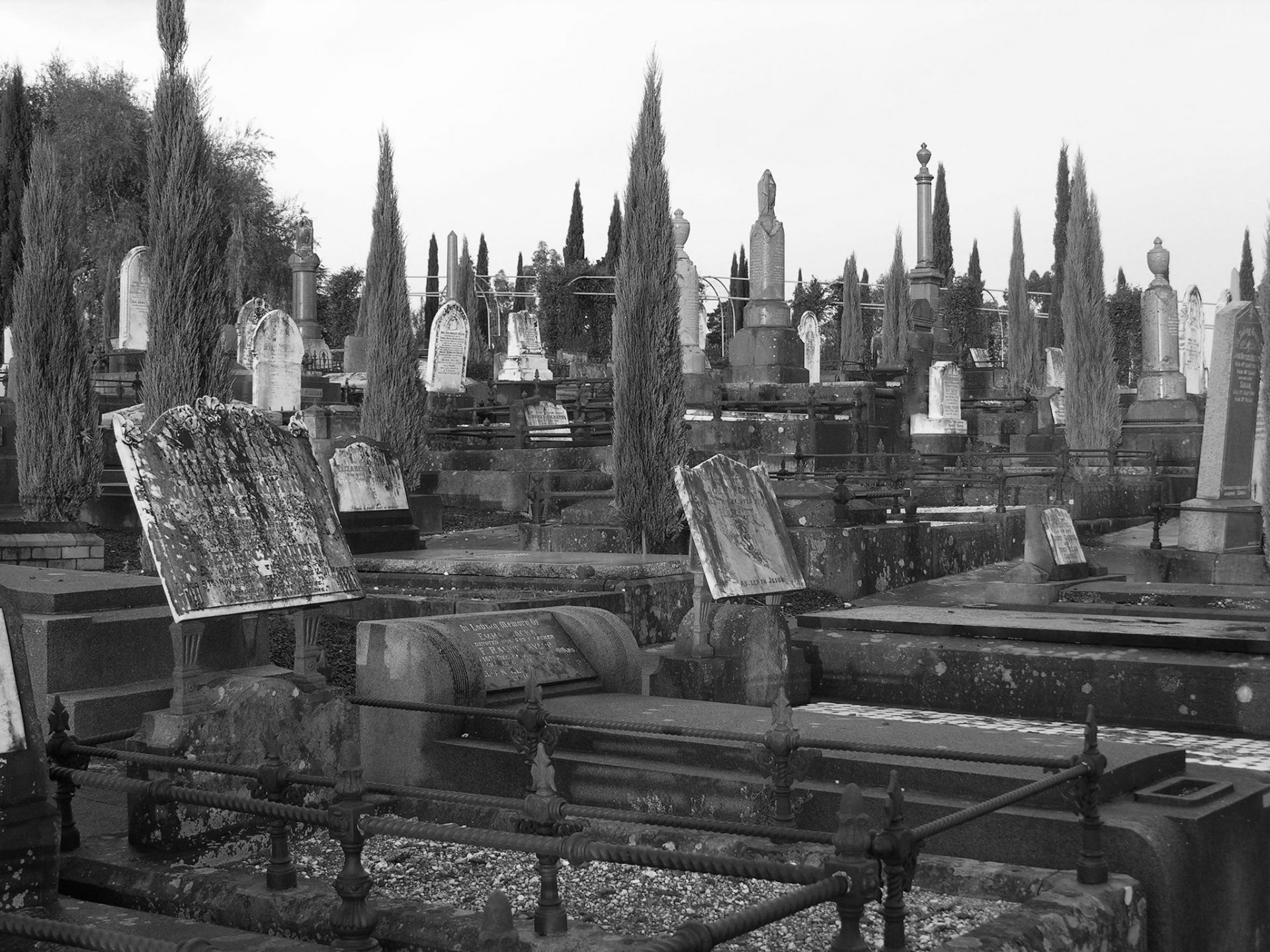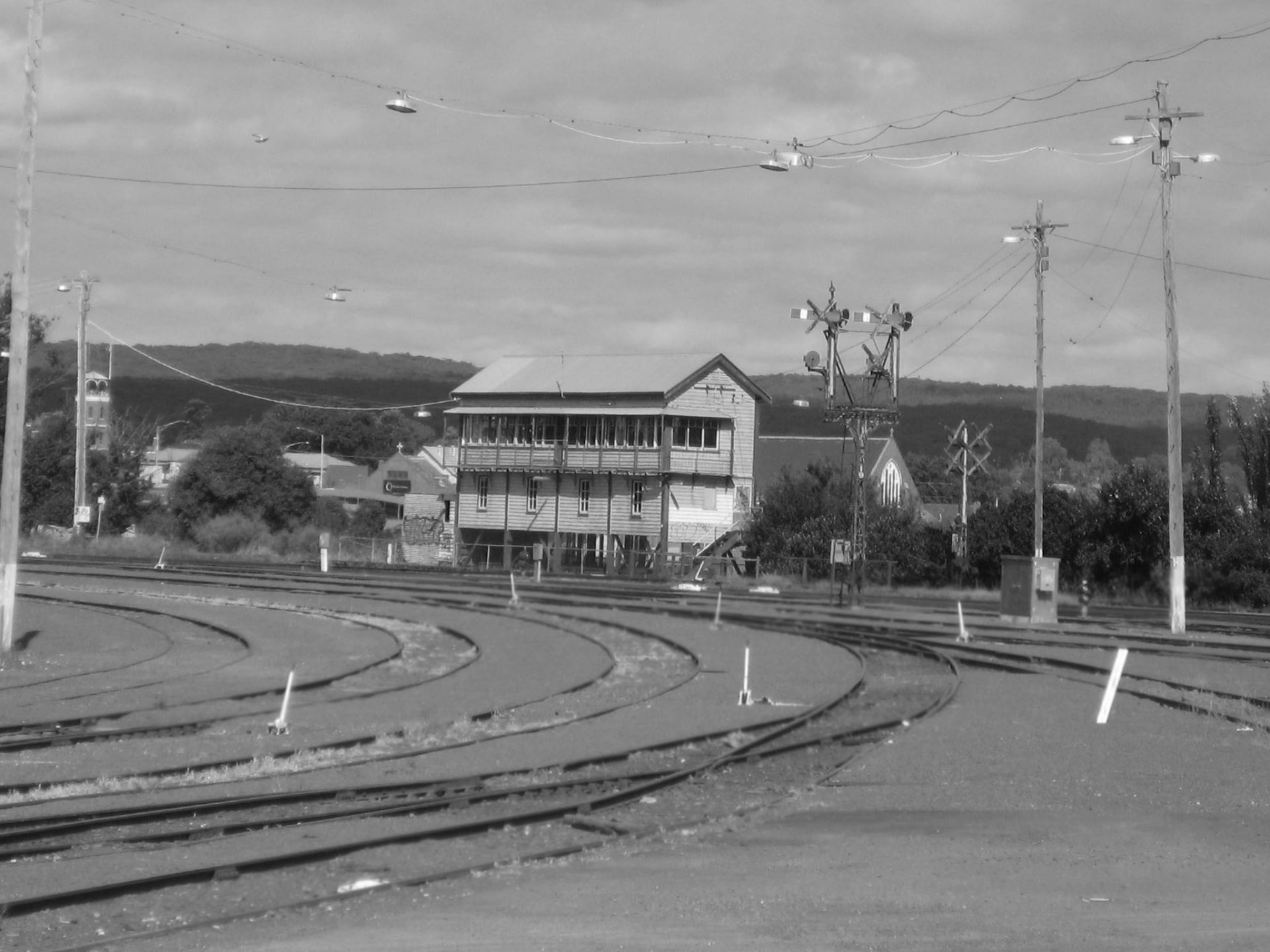Dorothy Wickham
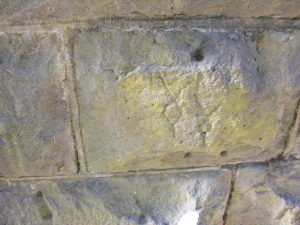 The Yarrowee channel, part of a storm water system that runs through Ballarat, Victoria, Australia was transformed by the two municipalities of Ballarat East and West into the present waterway, part of a network of channels and associated structures. The storm water channelling system was a direct result of gold mining activities that formed the basis for the establishment and development of Ballarat from the early 1850s.1
The Yarrowee channel, part of a storm water system that runs through Ballarat, Victoria, Australia was transformed by the two municipalities of Ballarat East and West into the present waterway, part of a network of channels and associated structures. The storm water channelling system was a direct result of gold mining activities that formed the basis for the establishment and development of Ballarat from the early 1850s.1
The bluestone lining the south wall of the channel was installed around the 1890s and it is this that is of interest for its many masons’ marks, carved into the hard bluestone of its walls. There are around 60 different masons’ marks in all. While some excellent heritage studies on this industrial site have been undertaken they have failed to mention these marks. This is understandable because they are difficult to see, and the studies are more general in their scope. Added to this is the difficulty in documenting all the marks, although initially John Blythman plotted them, and provided an excellent start for any research in the area.
Dorothy Wickham and David Waldron in their article Mystery, Marks and Masons in a new publication Pay Dirt! Ballarat & Other Gold Towns have compared these marks to those at some overseas sites. It appears from their research that there are some similarities in marks at Durham and Carlisle Cathedrals in England, Grey Friars Church Edinburgh, Scotland, and other notable buildings in the United Kingdom. Much more detail and the marks can be found within their chapter in this new publication.
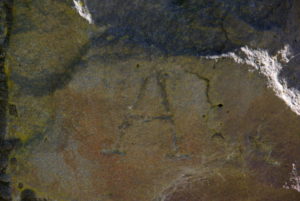 This brings us to question who put the marks on the bluestones in the Yarrowee? What is their purpose? In Australia the study of such masons’ marks is an emerging field of academic historical research that potentially offers new information in the general area of colonial history including, but not limited to, the transmission of construction techniques, folklore, and the early origins of the masonic movement in Victoria.
This brings us to question who put the marks on the bluestones in the Yarrowee? What is their purpose? In Australia the study of such masons’ marks is an emerging field of academic historical research that potentially offers new information in the general area of colonial history including, but not limited to, the transmission of construction techniques, folklore, and the early origins of the masonic movement in Victoria.
Susan Walter in completing some excellent research on stonemasons and quarrying in Victoria noted that the Victorian Heritage Database provides a report on the Yarrowee Creek channels. During a preliminary search of Government Gazettes she noted that the channel was cleared & formed in the 1860s by the Ballaarat East council, with assistance from the State Government, the stone lining of it appears to have commenced in 1882 with the State government providing £750 to the “Ballarat City & Town Councils” to assist them with the works, with additional payments in 1883, 1886, 1890, 1891, and 1893, some in 1895 to assist in damage done to it by a flood, and Ballaarat East Council advertising in 1894 they were going to borrow the sum of £3,000, part of which was to spend £350 for pitching Yarrowee Channel. In 1900 a Bill in Parliament to formalise the means by which funds loaned for the Channel works were to be paid back to the State was made, and the Scheme being extended in 1903.

There is much conjecture as to when the marks were cut into the stone. Were they made before or after the stones were used on the Yarrowee? It is possible that they belonged to an earlier building and were reused for this industrial purpose. Were they made by stonemasons to record piecework and so get paid according to the work they did? Were they architectural markings or quarry markings? Engineers still use markings today to distinguish where and how stones and other materials will be placed.
British researcher Jennifer Alexander comments in relation to the Norman use of marks that: ’There are two basic types of mark: assembly marks that enable builders to join sectional masonry without written instruction; and the banker marks that seem to indicate authorship’. Marks like these, especially the basic simple lined marks, have been used for centuries by stonemasons.
To what purpose the marks on the Yarrowee Channel belong remains a mystery. Why they are similar to those in great cathedrals many thousands of kilometres distant, and of a different time and place is unknown. Perhaps a future historian may unravel the mystery of the masons’ marks on a humble water channel passing through Ballarat, known as the Yarrowee Channel.

